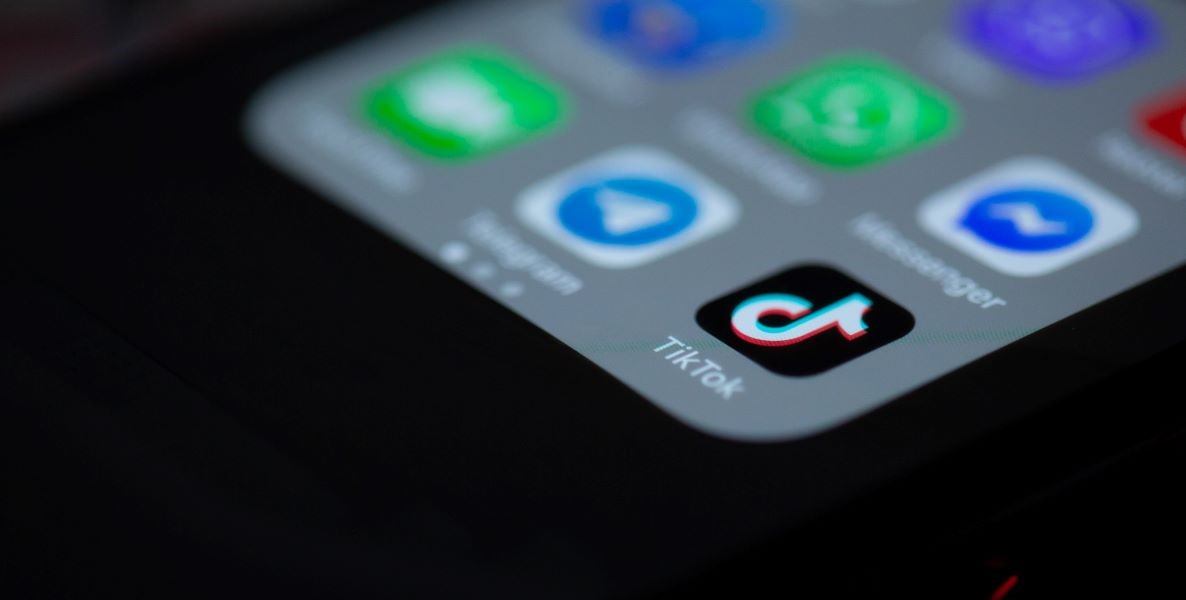People who reached adulthood more than 15 years ago did so mainly without the internet. For us, the internet has made work, information, communication, and almost everything faster, more efficient, and more accessible. The internet also isn’t central to our identities.
Today, the internet — and particularly social media — is critical in shaping teenagers’ sense of self, and not necessarily for the better. Last week, Bucks County officials decided they had enough.
Bucks County’s Commissioners and District Attorney jointly filed a civil suit in a California federal court against four major social media companies. The lawsuit alleges that Facebook and Instagram (Meta), YouTube (Alphabet/Google), Snapchat (Snap), and TikTok (Bytedance) have knowingly and purposely caused a mental health crisis among adolescents — specifically in Bucks County, Pennsylvania.
The 110-page court filing starts, “Three decades ago, the gravest public health threats to teenagers in the United States came from binge drinking, drunk driving, teen pregnancy, and smoking. With increased education, these have since fallen significantly but have been replaced by a new public health concern: soaring rates of mental health disorders, including depression, self-harm, and suicidal ideation.”
“Teenagers in the US are a golden audience,” TikTok cofounder Alex Zhu told the New York Times. “If you look at China, the teenage culture doesn’t exist — the teens are super busy in school studying for tests, so they don’t have the time and luxury to play social media apps.”
The filing lays out compelling data from a variety of sources showing how intertwined the internet and social media apps are in teens’ lives and the mental health crisis teens face in Bucks County and nationally.
The document argues that Facebook, Instagram, YouTube, Snapchat, and TikTok, took extra efforts to make their apps as addictive as possible, especially to teenage minds that haven’t fully developed. It reveals internal documents showing the marketing strategies, and research conducted by the parent companies demonstrates they were fully aware of what they were doing.
The apps use algorithms to build engagement, keeping users scrolling through endless content by providing rewards. The rewards, known as Intermittent Variable Rewards (IVRs) — because they are periodic, reoccurring, and irregular, are similar to a casino experience. IVRs give dopamine hits (the feel-good chemical the brain releases that provides pleasure), intentionally altering the user’s behavior, creating habits, and causing addiction.
TikTok in the hot seat
The complaint details the harm social media has caused to Bucks County:
Among Bucks County school-aged youth:
-
- 34 percent were at risk for moderate/severe depression.
- 40 percent were at risk for significant anxiety.
- 29 percent had a history of suicide ideation.
It also provides examples directly related to social media platforms.
In October 2022, after threatening to “shoot up” Central Bucks High School West via a Snapchat message, a 15-year-old boy was arrested. He also used TikTok to share videos of other mass shootings.
In 2021, students in Bucks County were found destroying school property, including ripping soap dispensers and signs off walls, as a form of participation in the “devious lick challenge” on TikTok, a viral trend encouraging students to vandalize and otherwise destroy school property.
Recently, another viral trend found teenagers in Bucks County shooting small, spongy, colored balls known as Orbeez in the “OrbeezChallenge” on TikTok. Incidents included: four teenagers firing Orbeez beads at other youth near a middle school in Delaware County; two kids shooting Orbeez beads during a movie in a theater; and another young person shooting Orbeez at a 10-year-old child in the face and also at a delivery driver while driving.
For those not familiar with these, here’s a list of a few TikTok viral challenges.
TikTok is especially pernicious because of the Chinese government’s ownership stake in the company. The federal government and about half the states, including Pennsylvania, have joined the EU, Canada, and the UK in banning TikTok on government devices.
However, nothing tells how damaging TikTok and all social media is better than what Alex Zhu, co-founder of Musical.ly (now TikTok), said in The New York Times in 2016. “Teenagers in the U.S. are a golden audience,” he said. “If you look at China, the teenage culture doesn’t exist — the teens are super busy in school studying for tests, so they don’t have the time and luxury to play social media apps.”
If that doesn’t raise concerns about the trajectory of the two countries, consider what Tristan Harris, co-founder and executive director of the Center for Humane Technology, said during a 60 Minutes segment, highlighting the differences between TikTok in the U.S. and China (where it is called Douyin).
Harris explained, “In their version of TikTok, if you’re under 14 years old, they show you science experiments you can do at home, museum exhibits, patriotism videos, and educational videos. And they also limit it to only 40 minutes per day. They don’t ship that version of TikTok to the rest of the world. So, it’s almost like they recognize that technology is influencing kids’ development, and they make their domestic version a spinach version of TikTok while they ship the opium version of TikTok to the rest of the world.”
He added, “There was a survey of preteens in the U.S. and China asking, ‘What is the most aspirational career that you want to have? In the U.S. the number one was influencer. In China, the number one was astronaut. If you allow those two societies to play out for a few generations, I can tell you what your world is going to look like.”
In China, teens between 14 and 17 must have their accounts registered under their real names and with their parent’s consent. The policy is intended to help prevent cyberbullying and other harmful online behaviors. There are also limits on how much time teens can spend on social media platforms daily.
A persistent mental health crisis among students
The court papers lay out the damage that social media apps have done. Some of the data is from a 2022 Pew Research Center study called Teens, Social Media and Technology. In this report, teens (American) are defined as children aged 13 through 17.
-
- 95 percent of teens say they have smartphones — a 22-point increase since 2014-15.
- 97 percent of teens say they use the internet at least once daily — of which 46 percent say they use it almost constantly.
- Among those who say they are online almost constantly, 51 percent say they are on social media too much.
- 35 percent of teens say they use the top five platforms almost constantly — (YouTube 19 percent, TikTok 16 percent, Instagram 10 percent, Snapchat 15 percent, and Facebook 2 percent).
- 54 percent of teens say it would be at least somewhat hard to give up social media.
A CDC Report sheds light on how persistent the mental health crisis is among U.S. high school students.
-
- In 2021, 42 percent of high school students experienced persistent sadness or hopelessness, compared to 28 percent in 2011.
- Teenage girls [ed.’s note, along with LGBTQ+ and BIPOC teens] reported higher rates of persistent sadness or hopelessness than White boys.
- 22 percent of high school students seriously considered attempting suicide, and 10 percent attempted suicide.
Taking on the tech giants is a bold and brave move by the Bucks County Commissioners and District Attorney. I’m no legal expert, but I wonder if a group of state Attorney Generals would have the resources to mount a case most effectively.
It’s possible that the Covid pandemic, frequently mentioned in the filing, provides a convenient alternate explanation. Nonetheless, many parents recognize social media’s impact on their children, and the Covid excuse will become hollow moving forward.
The behavior of minors is restricted or closely monitored in so many areas. The damage social media causes to young people is increasingly documented and proven. As a nation, we need to monitor and limit how minors use social media, if not regulate the apps for everybody.
Andy Bloom is president of Andy Bloom Communications. He specializes in media training and political communications. He has programmed legendary stations including WIP, WPHT and WYSP/Philadelphia, KLSX, Los Angeles and WCCO Minneapolis. He was Vice President Programming for Emmis International, Greater Media Inc. and Coleman Research. Andy also served as communications director for Rep. Michael R. Turner (R-Ohio). He can be reached by email at [email protected] or you can follow him on Twitter @AndyBloomCom.
![]() MORE ON MENTAL HEALTH CARE FROM THE CITIZEN
MORE ON MENTAL HEALTH CARE FROM THE CITIZEN




